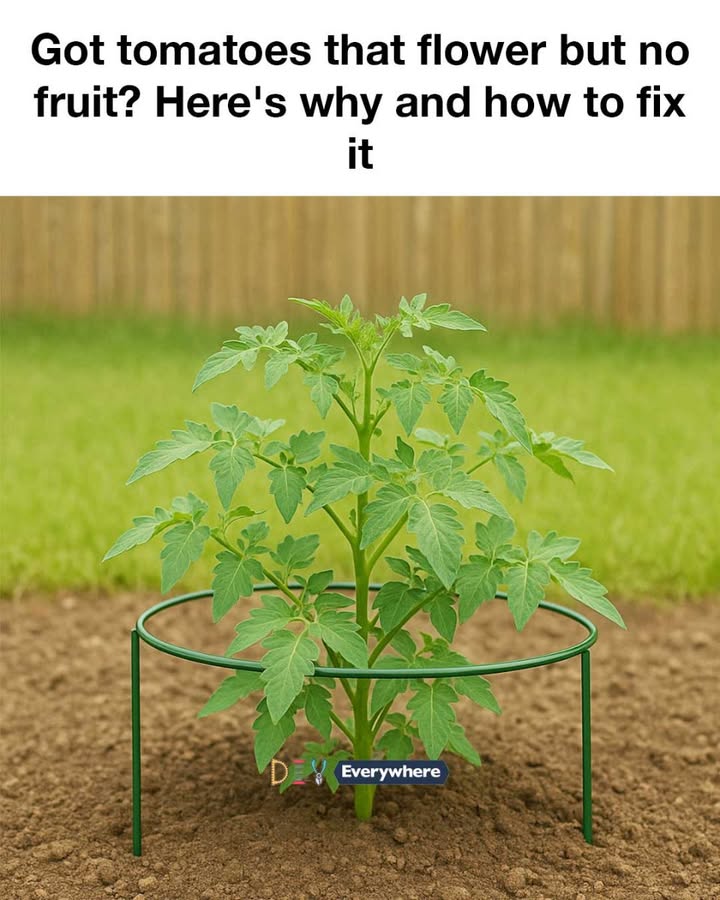6. Genetic Factors
Some tomato varieties are naturally less prolific in fruit production. Determinate varieties, for example, have a set number of flowers and fruit, while indeterminate varieties continue to produce throughout the season. Choosing the right variety for your climate and growing conditions can influence fruit set.
How to Encourage Fruit Set in Tomatoes
Encouraging fruit set in tomatoes involves addressing the factors that hinder it. By improving pollination techniques, managing temperature extremes, balancing nutrient levels, optimizing watering practices, controlling pests and diseases, and selecting the right tomato varieties, gardeners can enhance their chances of a successful harvest.
1. Improving Pollination Techniques
To improve pollination, gently shake the plants to mimic the natural movement that facilitates pollen transfer. In greenhouses, consider using a small fan to create airflow or introduce pollinators like bees. Hand pollination with a small brush can also be effective in ensuring pollen reaches the pistil.
2. Managing Temperature Extremes
Protect tomato plants from extreme temperatures by using shade cloths during hot spells and row covers during cold nights. Planting tomatoes at the right time of year for your region can also help avoid temperature-related issues. Monitoring weather forecasts and taking preventive measures can safeguard your plants.
3. Balancing Nutrient Levels
Conduct a soil test to determine nutrient levels and amend the soil accordingly. Use a balanced fertilizer with a higher phosphorus and potassium content to support flowering and fruiting. Avoid excessive nitrogen, which can lead to foliage growth at the expense of fruit production.
4. Optimizing Watering Practices
Water tomato plants deeply and consistently, allowing the soil to dry slightly between waterings. Mulching around the base of the plants can help retain moisture and regulate soil temperature. Drip irrigation systems can provide a steady supply of water without over-saturating the soil.
5. Controlling Pests and Diseases
Regularly inspect plants for signs of pests and diseases. Use organic or chemical controls as needed, and practice crop rotation to reduce the risk of disease buildup in the soil. Keeping the garden clean and removing debris can also help prevent pest infestations.
6. Selecting the Right Tomato Varieties
Choose tomato varieties that are well-suited to your climate and growing conditions. Heirloom varieties may have specific requirements, while hybrid varieties are often bred for disease resistance and higher yields. Researching and selecting the right variety can make a significant difference in fruit set.
Conclusion and Final Tips
Achieving a successful tomato harvest requires attention to the factors that influence flowering and fruiting. By understanding the reasons behind poor fruit set and implementing the suggested solutions, gardeners can improve their chances of enjoying a bountiful crop. Regular monitoring, timely interventions, and choosing the right varieties are key to overcoming challenges and ensuring a productive tomato garden.

